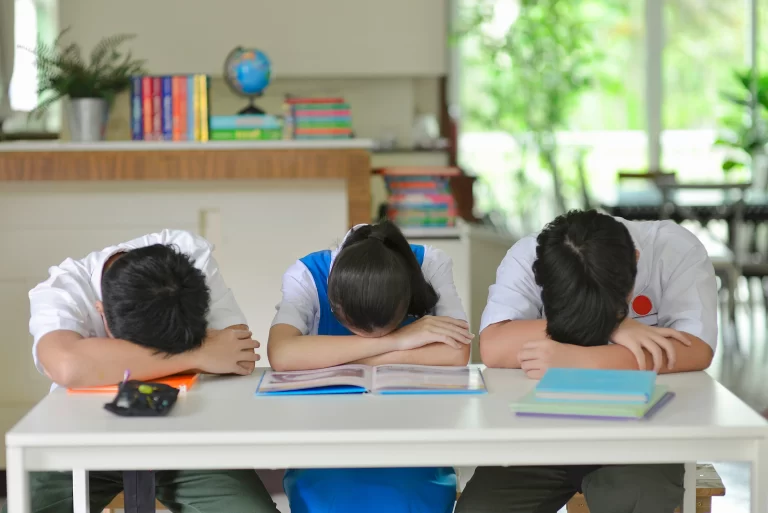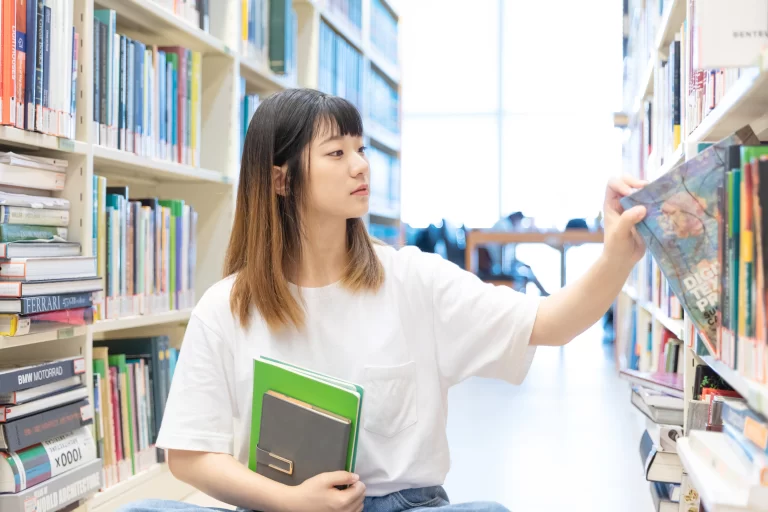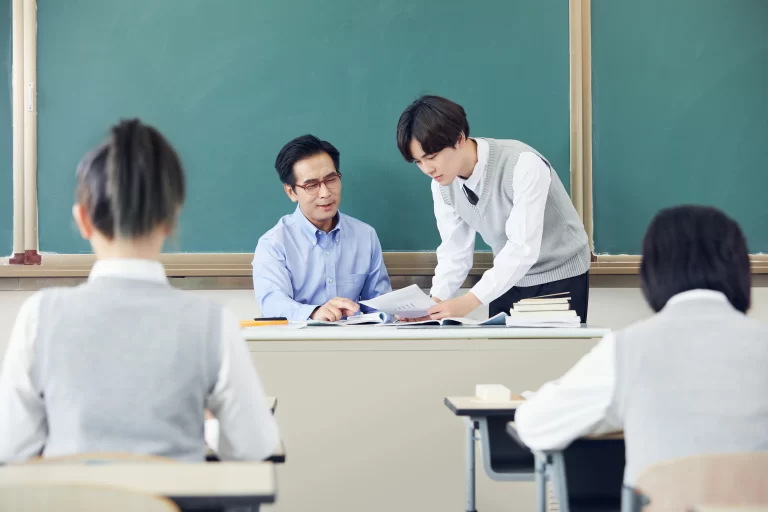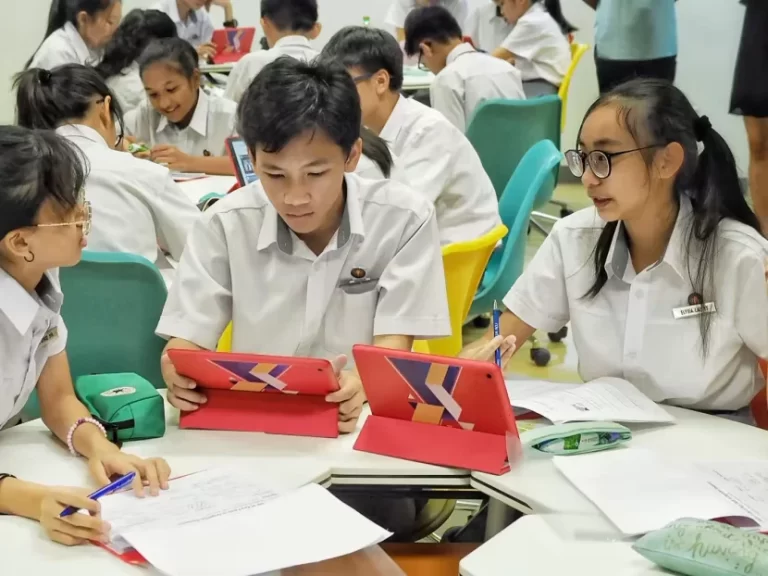
Secondary education in Singapore marks a significant transition for learners, filled with both challenges and opportunities. The journey through secondary school is crucial as it lays the foundation for future academic and career paths. In this blog, we offer insights into the various aspects of secondary education in Singapore, including common challenges, valuable opportunities, study tips, subject selection advice, and effective examination preparation strategies.
Table of Contents
Challenges & Opportunities in Secondary Education

Challenges in Secondary Education
Increased Academic Pressure:
Secondary education introduces a more rigorous curriculum with higher academic expectations. Subjects become more complex, and the workload increases, often leading to stress and anxiety among learners.
Balancing Co-Curricular Activities (CCAs):
Learners are encouraged to participate in CCAs, which can sometimes be challenging to balance with academic responsibilities. Managing time effectively between studies and extracurricular activities is a common struggle.
Adapting to a New Learning Environment:
Transitioning from primary to secondary school involves adjusting to a new environment, new teachers, and new classmates. This change can be overwhelming and may affect learners’ performance and social integration.

Opportunities in Secondary Education
Personal Growth and Development:
Secondary school offers numerous opportunities for personal development. Learners can explore diverse interests, develop new skills, and build resilience through various school programs and activities.
Exposure to Diverse Subjects:
Learners have the chance to study a broad range of subjects, helping them discover their strengths and interests. This exposure is crucial for making informed decisions about future academic and career paths.
Leadership and Community Service:
Schools provide platforms for learners to take on leadership roles and engage in community service. These experiences help build leadership skills, empathy, and a sense of social responsibility.
Study Tips for Secondary learners

Effective Time Management:
Create a study schedule that allocates specific times for each subject, CCA, and leisure activities. Prioritize tasks and set achievable goals to stay organized and reduce stress.
Active Learning Techniques:
Use active learning strategies such as summarizing notes, teaching concepts to peers, and practicing past papers. Active engagement with the material enhances understanding and retention.
Seek Help When Needed:
Don’t hesitate to ask teachers or classmates for help if you’re struggling with a subject. Form study groups to collaborate and support each other in difficult areas.
Subject Selection Advice
Identify Interests and Strengths:
Choose subjects that align with your interests and strengths. Enjoying a subject can significantly boost motivation and performance.
Consider Future Goals:
Think about your future academic and career aspirations. Select subjects that will be beneficial and relevant to your desired field of study or career path.
Seek Guidance:
Consult with teachers, career counselors, and parents to make informed decisions about subject combinations. Their insights can help you understand the implications of your choices.

Examination Preparation Strategies

Consistent Revision:
Regular revision is key to retaining information and understanding concepts. Create a revision timetable and stick to it, ensuring all topics are covered well before the exams.
Practice Past Papers:
Practicing past examination papers helps familiarize you with the exam format and question types. It also allows you to identify weak areas that need further revision.
Healthy Lifestyle:
Maintain a balanced diet, get adequate sleep, and exercise regularly. A healthy lifestyle supports cognitive function and reduces stress, contributing to better academic performance.
Conclusion
Secondary education in Singapore presents both challenges and opportunities for learners. By adopting effective study habits, making informed subject choices, and preparing strategically for examinations, learners can navigate this critical phase successfully.







